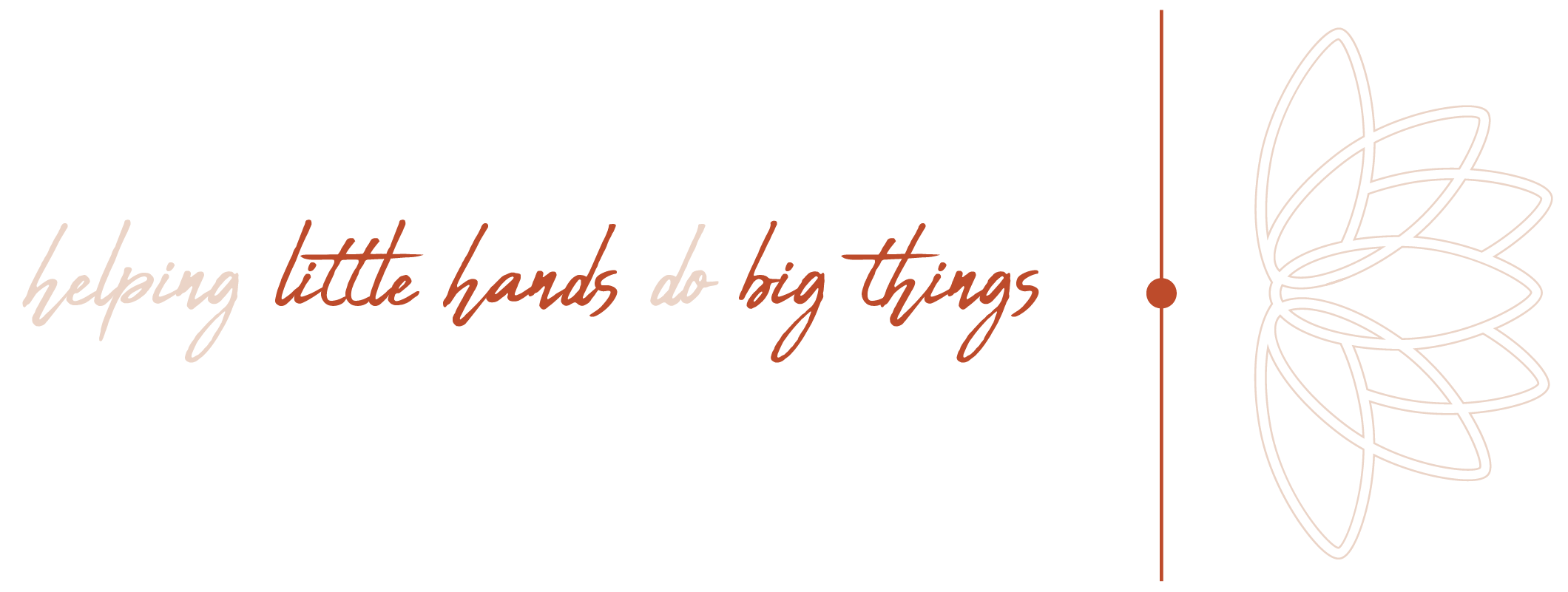Blog
April is Autism Awareness Month
Did you know April is Autism Awareness Month? It’s a time when the global community spotlights autism. While the official emphasis remains on awareness, there’s a growing movement to prioritize acceptance alongside awareness to create a truly inclusive and supportive world for autistic individuals.
What is Autism Spectrum Disorder (ASD)?
ASD is a neurodevelopmental condition that affects how a person interacts with the world, communicates, and experiences sensory input. It’s a spectrum, meaning every autistic individual has unique strengths, challenges, preferences, and needs.
When is Autism Awareness Month?
April has been recognized as Autism Awareness Month internationally for many years. The focus has shifted toward Autism Acceptance Month to emphasize creating a world where everyone feels welcomed and fully supported.
Why Does Autism Awareness Month Matter?
- Advocacy: It drives support for initiatives, research, legislation, and policies that promote autistic individuals’ rights and ensure access to inclusive services throughout their lives.
- Education: Activities and campaigns during this month help dispel myths and stereotypes, leading to greater public understanding.
- Community Building: It’s a chance for autistic individuals, families, and allies to connect, celebrate strengths, and support each other.
The History of Autism Awareness Month (& the Shift to Acceptance)
While its origins are complex, the formal observance of Autism Awareness Month has its roots in the 1970s. Over time, there’s been a growing recognition that mere awareness is not enough. Acceptance means:
- Celebrating Neurodiversity: Understanding that differences in brain functioning are a natural part of human variation. Autism isn’t something to be cured; it’s simply a different way of being.
- Seeing Beyond Challenges: Focusing on strengths like keen attention to detail, creativity, and deep focus and supporting areas where an autistic person might need help.
- Empowering Voices: Amplifying the voices of autistic individuals, allowing them to define their narratives and advocate for inclusion.
From Autism Awareness Month to Autism Acceptance Month
You may see both “Autism Awareness Month” and “Autism Acceptance Month” used. The shift reflects a desire for a more inclusive approach.
Autism Awareness Month Theme & Colors
While there’s no official annual theme, blue is often used to symbolize autism. Increasingly, movements like the neurodiversity movement promote a rainbow of colors representing a broad spectrum of experiences.
Celebrating Autism Awareness This April (& Beyond!)
- Educate Yourself: Find credible sources like the Autism Society and Autistic Self Advocacy Network (ASAN). Avoid sources that promote fear or misinformation.
- Challenge Your Assumptions: Open your mind to new perspectives. Learn about autistic culture, strengths, and the contributions of autistic people to society.
- Be Respectful: Use person-first language (“autistic person”) and avoid damaging or outdated terminology.
- Support Autistic-Led Organizations: The KNOWAutism Foundation provides a roadmap for diagnosis and intervention and ongoing community support dedicated to improving the lives of children with autism.
- Promote Accessibility & Inclusion: How can your workplace, school, or community spaces be more welcoming to autistic individuals?
- Act as an Ally: If you see someone struggling to understand or support an autistic person, step in with empathy and offer information.
Let’s Make Awareness a Year-Round Commitment
Autism Awareness Month is a catalyst, but the work continues throughout the year.
Together, we can build a world where autistic individuals are celebrated, empowered, and truly belong.





